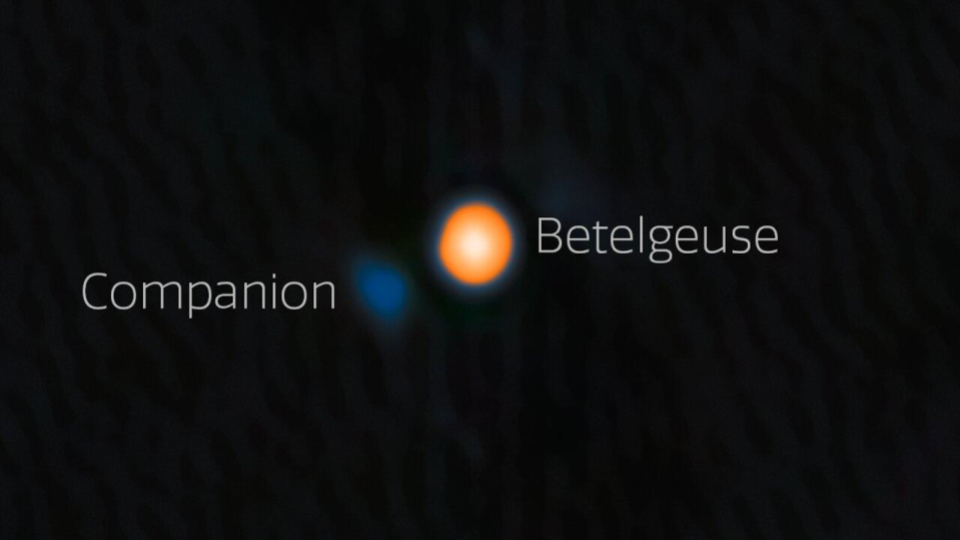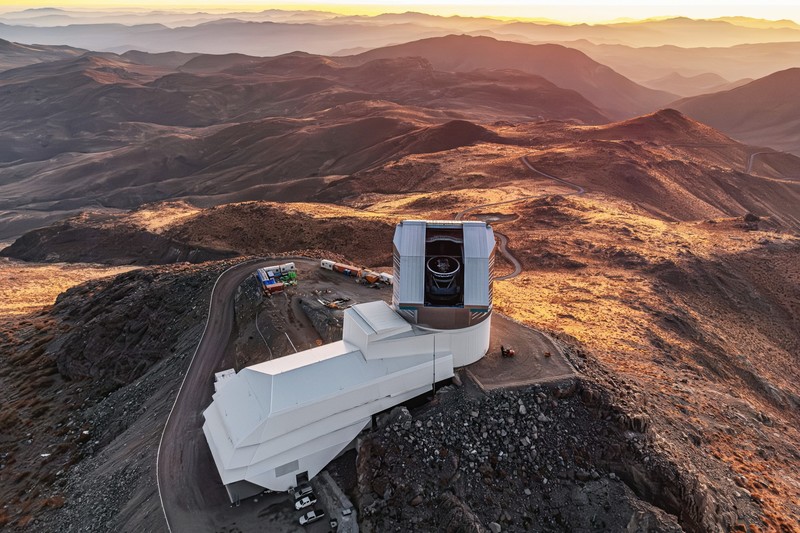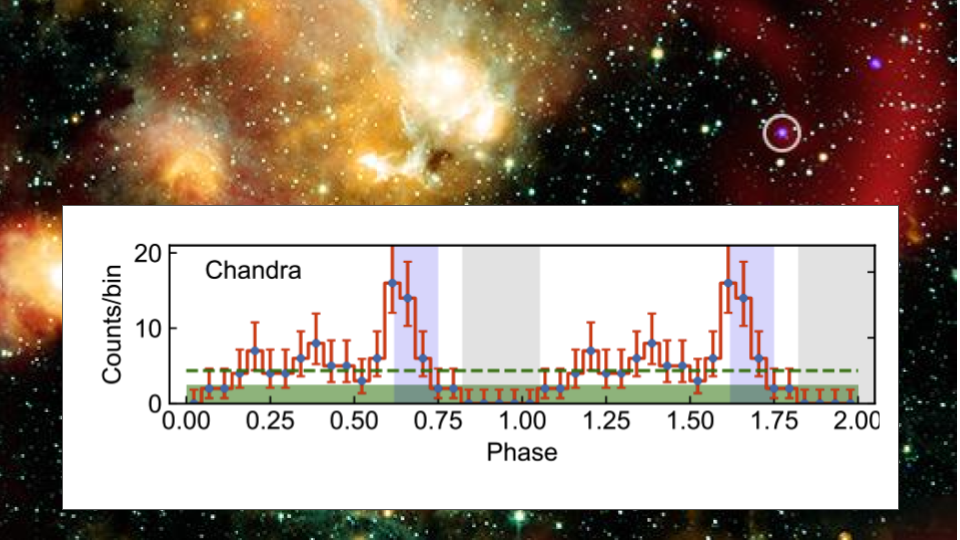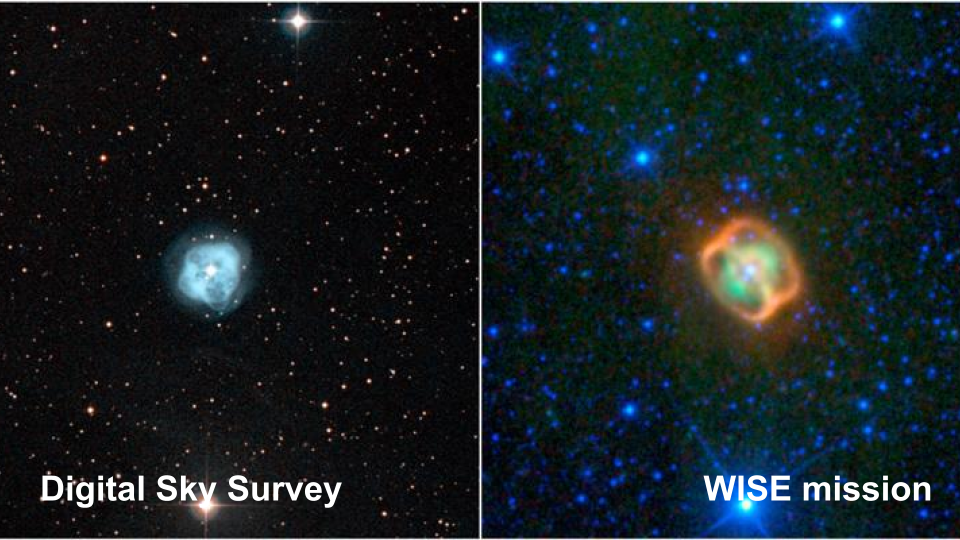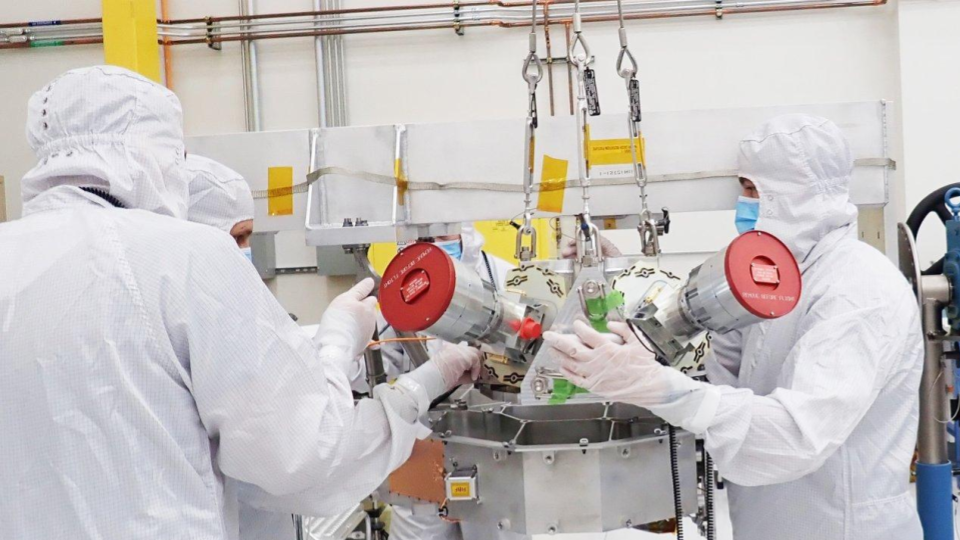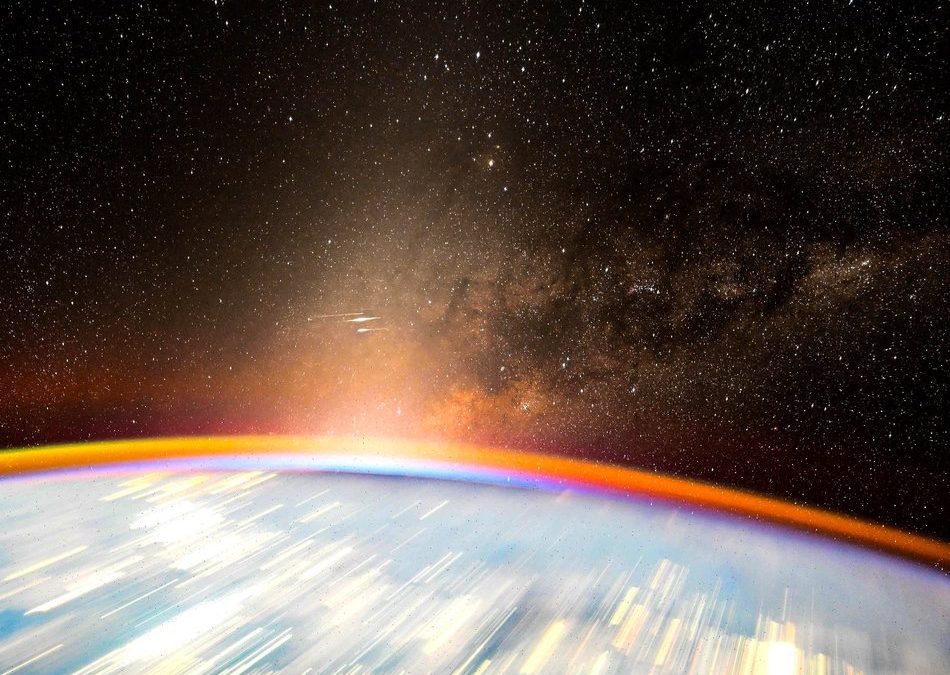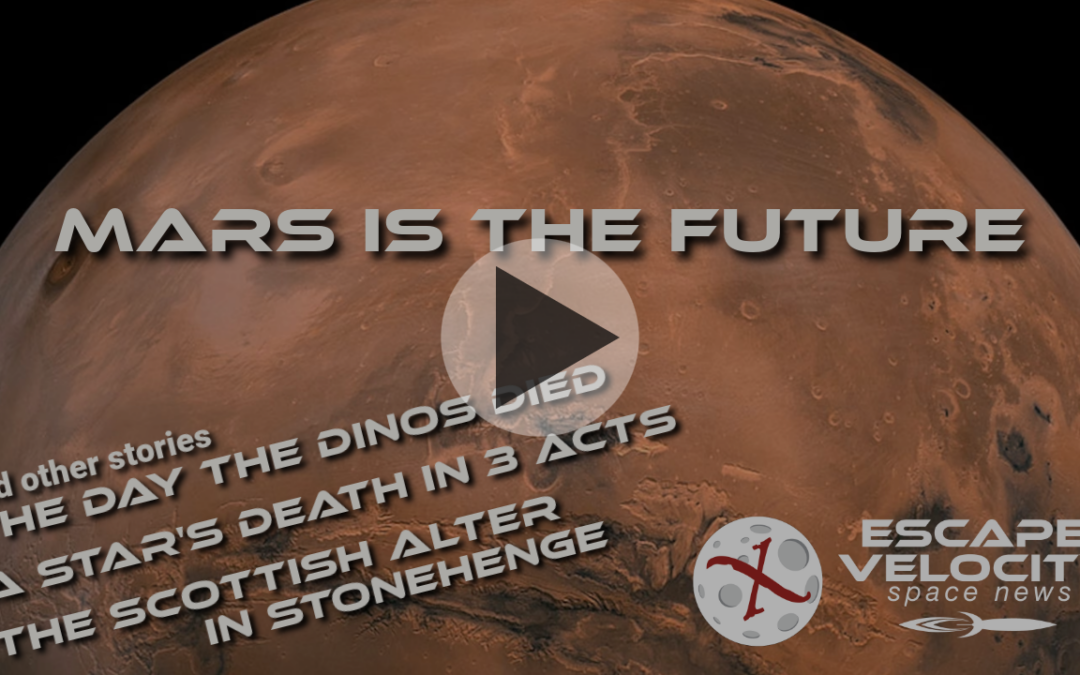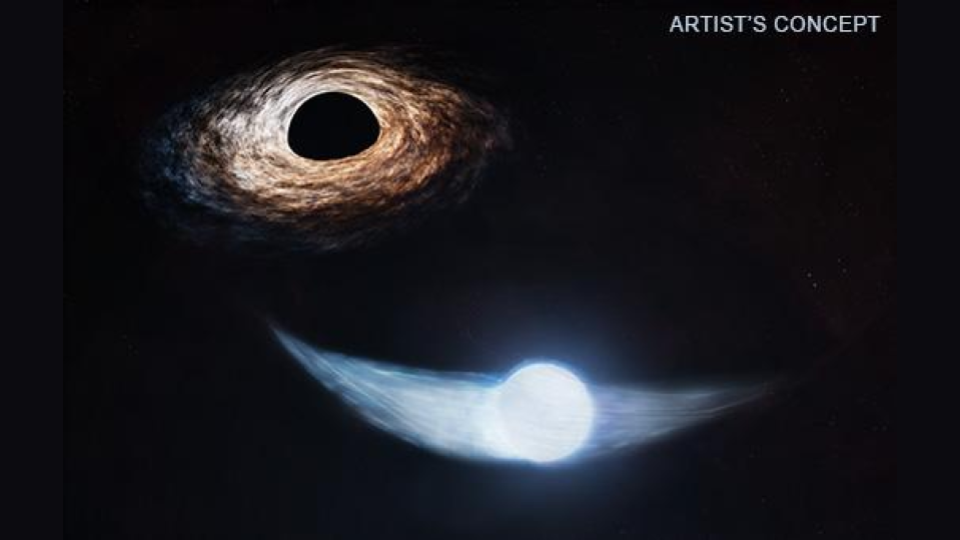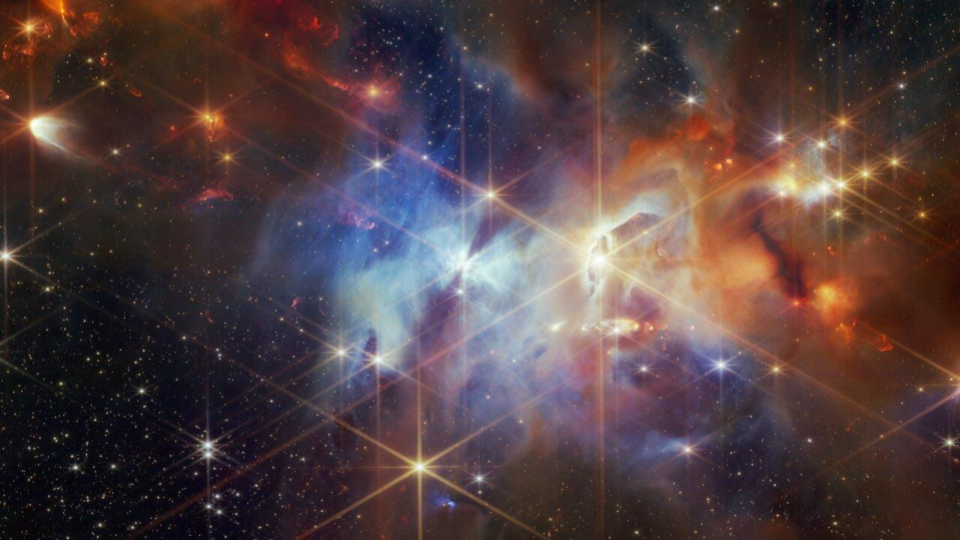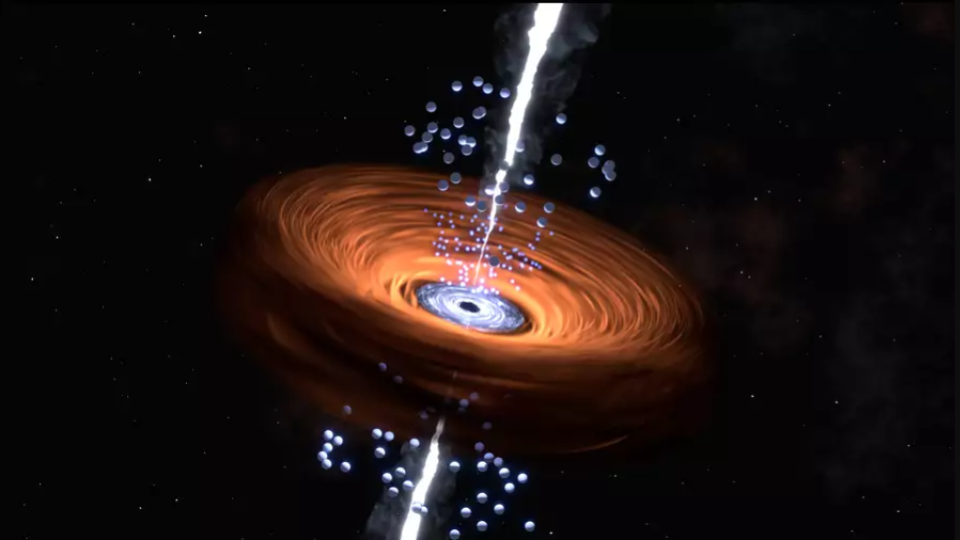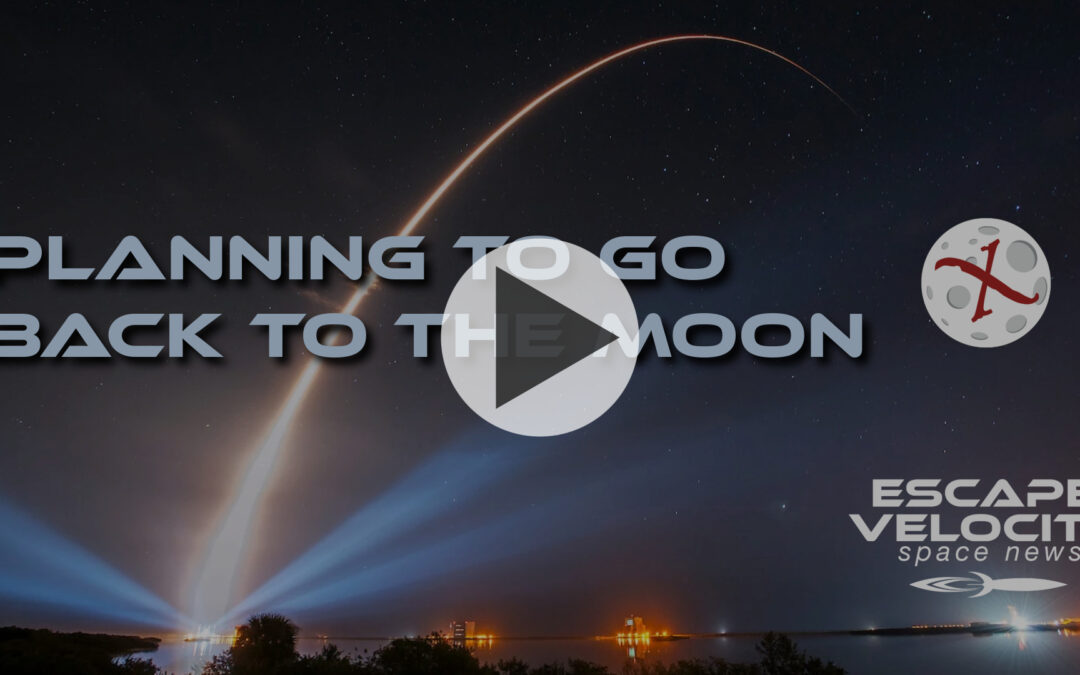Last December a paper in the Astronomical Journal led by Morgan MacLeod used decades of data we have on Betelgeuse’s changing brightness to predict that the star has a low mass companion, possibly still in the process of forming, that orbits it every 5.775 years. As luck would have it, last year was when then companion star should be well separated from Betelgeuse on the sky and a group of astronomers led by Steve Howell was able to get telescope time on the Gemini North telescope to see what they could see. And they quite possibly saw a blob that could be the predicted star at roughly the...
